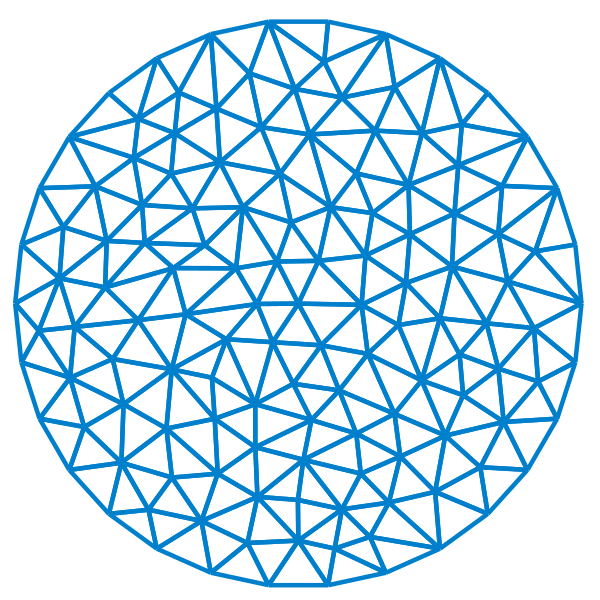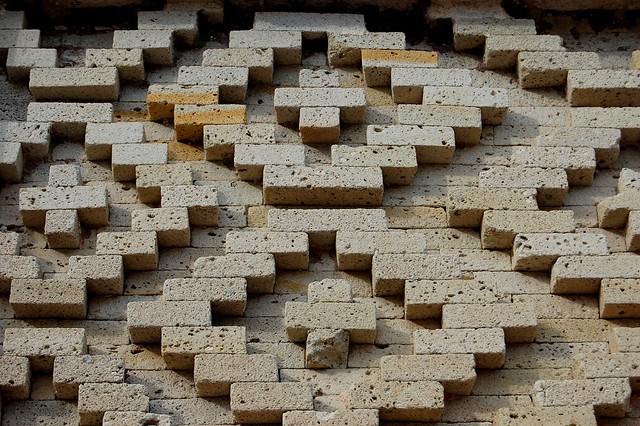....and what's wrong with this picture?
Earlier in the week I was working out the top half of the robe pattern, trying a couple of different versions of sleeves, and basted one on upside down. I immediately thought of having to hold my arm over my head all the time just to wear the robe, then I started thinking about how we try so hard to change our bodies to fit fashion, and then I wandered way off track into Italo Calvino's "Invisible Cities" territory and imagined a city of people whose bodies have mutated to accommodate the shoddiness of the garment industry.
That was about as far down that path as I cared to wander.
... paths, brains, wandering ...here is a diagram of the map our brain makes to locate ourselves in space-- for example, to remember where your car is in a parking lot.

Here's Neil Burgess explaining the idea in this TED talk

Here is how is how we span space in steel. Looks familiar. The structure itself is a construction of the force diagram as it appears in a physics book.

...close enough, anyway. The point is that the same pattern that holds up the physical world around us is also inside of us, tracking where we are and where we've been.
This is an example of a typical Islamic decorative motif. Our aesthetic preference for complex triangulated geometry looks an awful lot like what our brain is doing when we're making a mental note of where the car is parked. Amazing.
































